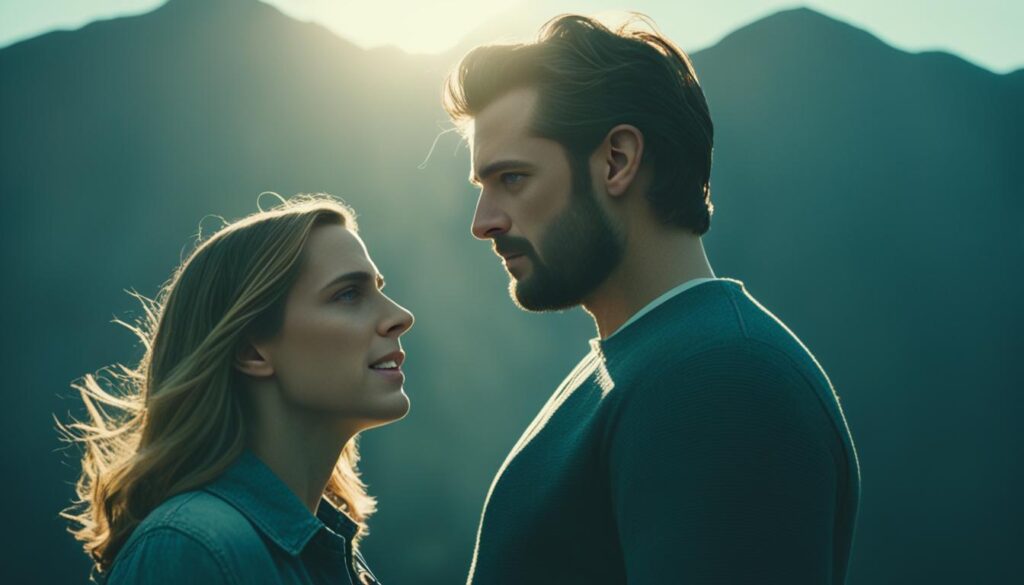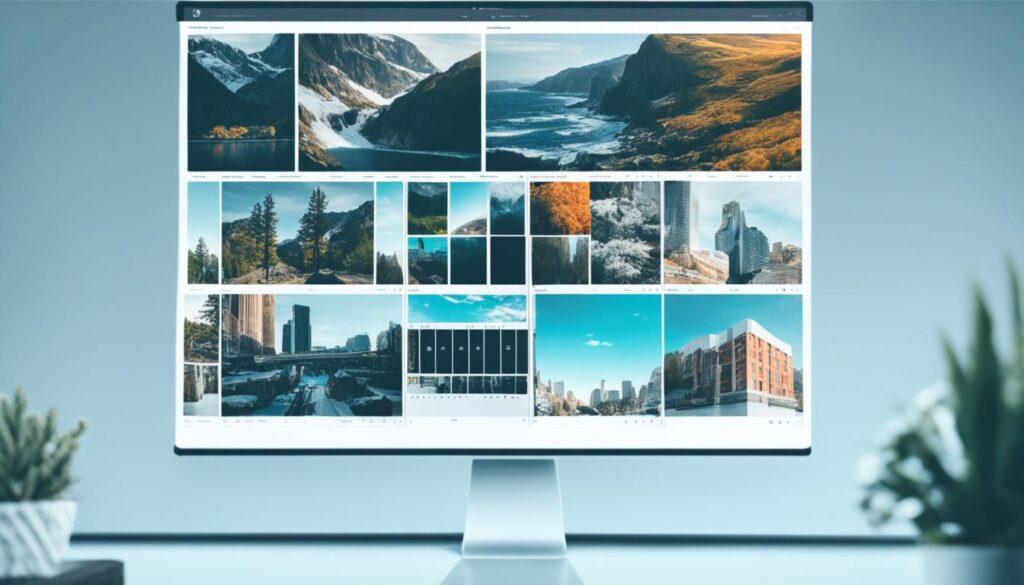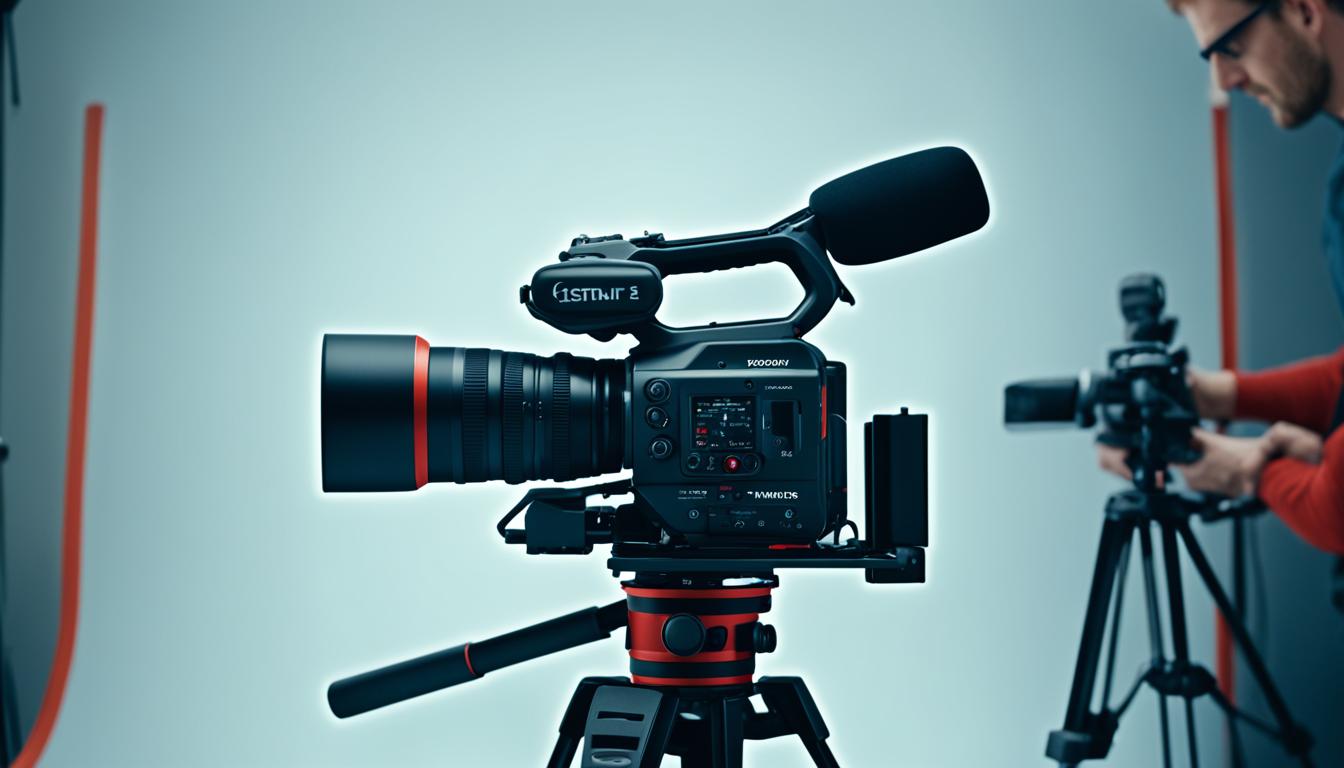The realms of videography and photography are often interwoven in the tapestry of visual media, yet they each bear distinctive traits that set them apart. Unraveling the nuances between videography vs cinematography can enlighten aspiring creators and seasoned professionals alike, clarifying the best applications of each medium.
At its core, videography meaning hinges on the essence of capturing live moments as they unfold—be it a concert, a spontaneous event, or intimate gatherings. Vidéographes harness broadcasting cameras and a dynamic approach to encapsulate real-time experiences. While cinematography entails a more orchestrated production, videography thrives even in large-scale projects that demand agility and adaptability. Beyond the confines of traditional events, videographers are extending their reach to corporate domains, sports arenas, and the soaring perspectives of drone videography.
In contrast, the world of photography stands as a testament to the power of a single image. A photograph serves as a silent narrator, encapsulating stories within its frame, often speaking volumes without the need for motion or sound. The medium’s versatility stretches from capturing ephemeral moments to creating lasting impressions through intricate compositions.
Understanding these differences is crucial for professionals navigating the visual media landscape, ensuring a match between the project’s essence and the medium’s strengths. Whether opting for the vibrancy of video or the poignant stillness of a photograph, the choice carries significant impact on the viewer’s experience.
Key Takeaways
- Videography captures live, dynamic events and is suited for on-the-go productions.
- Cinematography involves more structured, creative productions with larger teams.
- Photography encapsulates a single moment, offering a powerful narrative within a static image.
- Videography’s flexibility allows it to scale from private events to extensive commercial projects.
- The distinction between videography and cinematography is essential for aligning media with project goals.
- Both mediums engage audiences in unique ways, and choosing wisely can enhance the storytelling impact.
A Brief History of Visual Storytelling: From Still Images to Moving Pictures
The journey of visual storytelling, distinct with the innovation of the camera, bridges two worlds: the static realm of photography and the dynamic domain of videography. Photography, in its essence, is the practice of capturing moments in a single frame, its definition tied closely to the act of recording light on a light-sensitive surface. Such profound simplicity notwithstanding, the progression from film to digital photography stands as a testament to the medium’s enduring adaptability and expressive power.
Conversely, the question of what is the difference between videography and other forms of cinematography lies in the capacity to encapsulate time. Videography extends beyond the confines of a single shot. It is the craft of sequencing shots to capture the continuity of life’s motion. In contrast to the historical static nature of photography, videography’s utility spans a slew of domains – from the personal, such as wedding films, to the professional, including journalism and online content creation.
- Photography used forpictorial storytelling, journalism, fine art, and historical archives.
- Videography harnessed for documenting events, creating films, and broadcasting.
| Medium | Definition | Primary Use | Notable Evolution |
|---|---|---|---|
| Photography | Capturing still images | Artistic expression, documentation | From Daguerreotype to high-resolution digital sensors |
| Videography | Recording moving images | Event coverage, film production | Advancements in camera stability and video resolution |
| Film Photography | Chemical processing of images | Fine art, archival records | Introduction of color and instant film formats |
| Digital Photography | Capturing images digitally | Wide range of applications across industries | Improvements in image quality and manipulation technology |
With the advancement in technology, photographers and videographers are constantly redefining the creative and technical boundaries of their crafts. While film and digital photography each carry their unique allure and applications, videography’s continuum of motion taps into another layer of human perception, allowing for nuanced narratives to unfold over time.
It’s important to acknowledge that the lines between still imagery and motion pictures continue to blur, with digitalization providing creators the tools to merge these once distinct disciplines. The roots, however, run deep into the history of innovation, technique, and the unyielding human desire to capture life and its stories.
Understanding the Fundamentals: What is the difference between videography and cinematography
Delving into the world of visual storytelling demands an understanding of the videography definition and cinematography art. These disciplines, while often intertwined in the public imagination, cater to different aspects of storytelling through moving images. With the emergence of a myriad of videography techniques and cinematographic techniques, appreciating their nuances has never been more essential. To depict reality as it unfolds or to craft a narrative that resonates with the creative direction laid out by a director, the distinction between videography and cinematography is crucial.

Defining the Basics: Videography Meaning and Cinematography Art
At its core, videography involves the process of capturing videos to document reality as it is, often utilizing a fluid, run-and-gun approach. Videography skills are harnessed to record a vast array of live events, from weddings to conferences. Cinematography, however, is considered a more sophisticated cinematography art form involving meticulous planning, staging, and collaboration to bring a director’s vision to the screen. It is the backbone of film making, requiring an understanding of complex cinematographic techniques and narrative storytelling.
The Role of Creative Direction and Pre-Production in Videography and Cinematography
Both fields require a unique set of videography skills, but the domain of pre-production videography is typically less intense than in cinematography. While videographers may capture moments spontaneously, cinematographers engage in extensive pre-production, working closely with the creative direction to meticulously plan every frame. This all-encompassing creative direction cinematography strategy ensures that the final product is cohesive and aligns seamlessly with the narrative structure.
Technical Aspects: Videography Equipment vs. Cinematography Gear
The selection of videography equipment differs greatly from cinematography gear; the former places importance on mobility and agility, favoriting equipment like DSLRs and mirrorless cameras that can capture high-quality images on the move. On the flip side, cinematography encompasses an array of gear tailored to specific shots, including specialized cameras, dollies, cranes, and an array of lenses. This cinematography gear plays a key role in achieving the vision of cinema, facilitating the creation of a film’s unique look and feel.
The Evolution of Videography Skills and Cinematographic Techniques Over Time
The trajectory of both videography and cinematography features an ongoing evolution, marked by technological advancements and changing industry standards. Videography tips and techniques now encompass a multifaceted skillset ranging from aerial drone operation to high-speed sports videography. The fabric of cinematography art itself has been woven with innovations in lighting and camera movements, constantly propelling the medium forward and elevating the caliber of the cinematic experience.
Understanding these fundamentals carves out the path for mastering videography and cinematography alike. Whether one is a budding videographer keen on capturing life’s unplanned moments or a filmmaker orchestrating a cinematic masterpiece, grasping the variance in terms, techniques, and tools is the first step towards visual excellence.
From Lens to Screen: How Videography and Photography Captivate Audiences
At the core of visual media are the compelling narratives that both videography and photography bring to life. While the photography definition encapsulates the art of capturing light and shadows to freeze a moment in time, videography – which often piques interest in the videography vs cinematography debate – unfolds a story across a span of time, offering a vivid representation of life’s dynamism.

Indeed, the power of a single, well-timed shot in photography can resonate with viewers, invoking profound feelings and a sense of shared experience. On the other hand, videography transports its audience through time, constructing a virtual experience where the narrative’s flow is as vital as its visual quality. To harness the full impact of these mediums, practitioners must be equipped with effective videography tips and an inherent understanding of visual storytelling.
- Composition: The arrangement of subjects within the frame – whether it’s a still image or a sequence of shots – serves as a foundational tool for guiding the viewer’s gaze and eliciting emotional responses.
- Lighting: Crucial in crafting the mood, lighting in both photography and videography can drastically affect the perception and impact of the visual content.
- Editing: In photography, this pertains to the post-processing of images to heighten appeal or clarity; in videography, editing is essential in constructing coherent and compelling narratives from raw footage.
Understanding the distinctions and overlapping techniques between these two artistic pursuits deepens the appreciation of how they uniquely engage with audiences around the world. Below, a comparative table offers insights into the respective approaches to drawing viewers into the visual narrative.
| Aspect | Photography | Videography |
|---|---|---|
| Temporal Scope | Singular, still moment | Continuous, moving scenes |
| Storytelling | Implicit narrative through visuals | Explicit narrative with temporal progression |
| Engagement | Viewer interpretation of static imagery | Viewer involvement through dynamic visuals |
| Technical Focus | Exposure, composition, color | Shooting angles, movement, audio-visual harmony |
Whether it be the freeze-frame allure of a photograph or the moving artistry of a video, the end goal remains — to tell a story that captivates and resonates. Knowledge and implementation of both mediums can significantly enhance the potency of visual communication, leaving a lasting imprint on its audience.
Conclusion
When navigating the realms of videography and photography, discerning the difference between these visual mediums is pivotal for shaping the narratives and messages that creators aim to convey. The choice between the dynamic flow of videography and the stillness of photography or the elaborate expression of cinematography is contingent upon a myriad of strategic considerations. One must weigh the project’s scale, financial constraints, and the availability of creative resources to ensure the final product resonates with its intended audience. Deliberately selecting either videography or photography based on a clear understanding of each medium’s distinct capabilities can dramatically affect the storytelling impact and reception.
Choosing the Right Medium for Your Project: Factors to Consider
Deciding on videography or photography requires a critical assessment of what is the difference between videography and photography in the context of your specific project. While videography captures the evolution of moments, rendering them with the authenticity of time, photography distills the essence of a narrative into a single, powerful image. Filmmakers and photographers alike must consider narrative goals, which might include the intricacy of emotion or the simplicity of a message, before committing to the medium that will best express their vision.
The Future of Visual Media: Trends in Videography and Photography
As we look to the horizon, the future trends in videography and photography promise transformative changes to the landscape of visual media. Videography strides forward with emerging technologies such as Virtual Reality (VR) integration and the expansive perspectives offered by 360-degree cameras. Photography, too, advances ceaselessly, pushing against the frontiers of digital imaging, enriched with innovative processing techniques. The two fields are not in stasis but continuously embracing new technological marvels that redefine the art of storytelling and the immersive experience of audiences globally.
FAQ
What are the key differences between videography and photography?
Videography primarily involves capturing moving images and is well-suited for recording dynamic and live events with the capability of narrating stories over a timeline. Photography focuses on creating a static image that captures a single moment in time, aiming to encapsulate stories, emotions, or concepts within a frame. Essential aspects like the technology used, skills required, and the creative approach differ significantly as well.
Can you explain the videography meaning and how it differs from cinematography art?
Videography meaning refers to the process of capturing moving images using electronic media and often involves smaller scale productions like weddings, corporate events, or small commercials. Cinematography art is associated with the filmmaking process including movie and television production, which involves a complex set of practices and workflows including storyboarding, screenplay writing, and directed creative vision enabling more aesthetic depth and narrative control.
What is the history of photography and how has it evolved into videography?
Photography began with the creation of still images, evolving through technical advancements from grainy black and white images to high-resolution digital photos. Videography evolved as an extension of photography, capturing motion and sound. The transition from still to moving images has transformed the way stories are told and consumed, paving the way for film and now digital video.
How does the equipment for videographers differ from that used by cinematographers?
Videography equipment is designed for flexibility and mobility, consisting of compact video cameras and accessory support equipment, like gimbals for stable movement. Cinematography gear, on the other hand, is more varied and elaborate, including specialized movie cameras, a wide range of lenses, cranes, dolly tracks, and advanced lighting setups intended for creating specific visual effects and highly controlled shots.
What pre-production elements are involved in videography and cinematography?
Videography usually involves minimal pre-production with most decisions made on the fly. Pre-production elements might include basic shot planning and equipment selection. Cinematography, however, requires extensive pre-production, including storyboarding, location scouting, casting, costume and set design, shot lists, and lighting plans to ensure that every visual element contributes to the storytelling.
How have videography skills and cinematographic techniques evolved over time?
Videography skills have evolved from simply recording footage to include complex editing, special effects, and an understanding of storytelling. Cinematographic techniques have also progressed significantly, benefiting from technological advancements in camera design, visual effects, and digital post-production. Skilled practitioners in both fields continually adapt to new technologies and storytelling methods.
What are the key factors to consider when choosing between videography and photography for a project?
Key factors to consider include the nature of the content you’re capturing, the narrative needs of your project, the intended emotional impact, budget, and logistical factors such as event duration and location. The decision should be based on whether you want to tell a story over time (videography) or capture a powerful standalone moment (photography).
What future trends can we expect in videography and photography?
Future trends in videography may include the integration of virtual reality (VR), 360-degree cameras, and increased use of drones for aerial footage. In photography, advancements will likely continue in digital imaging technology, high dynamic range (HDR) improvements, and computational photography, which uses algorithms to enhance image quality. Both fields will see further innovation in the way visual content is created and experienced.






